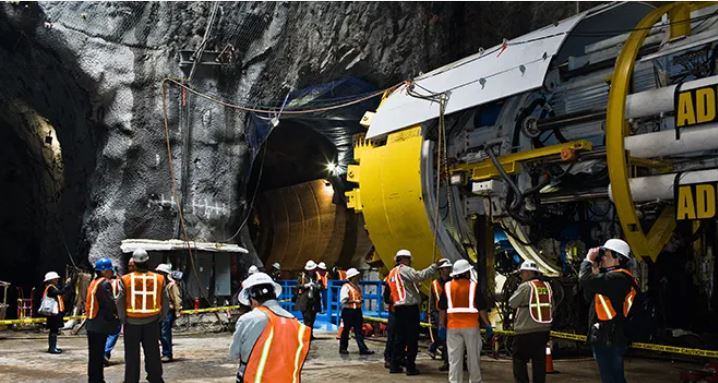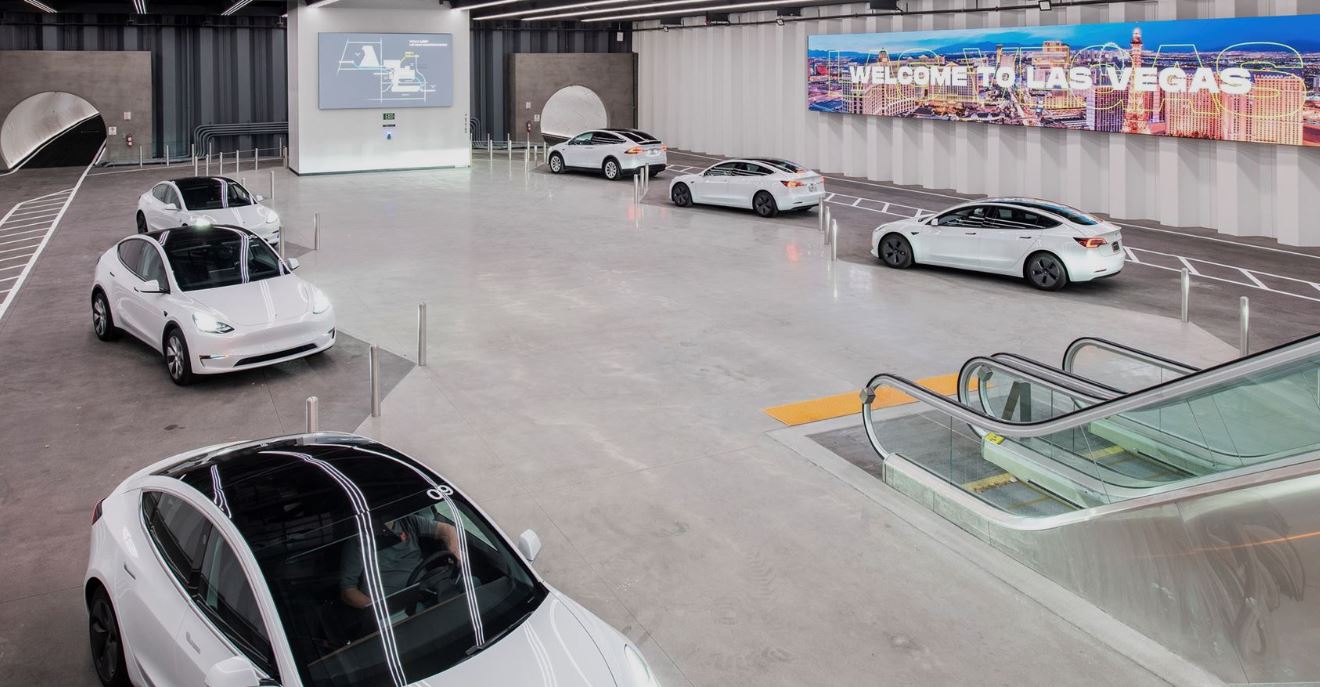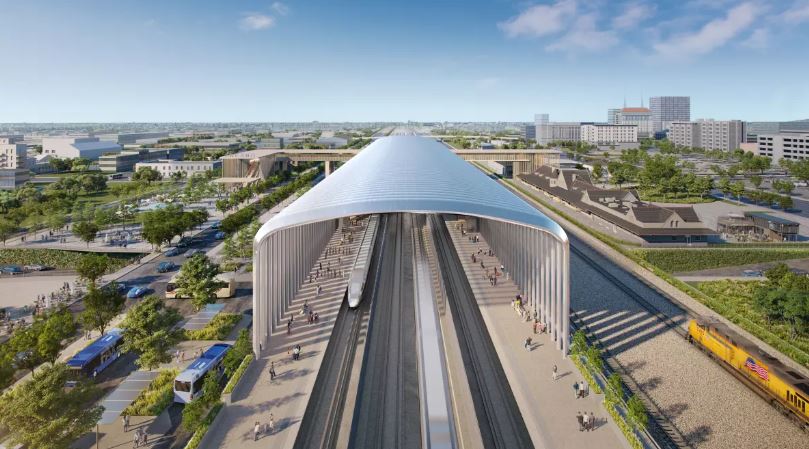Hudson Yards, a groundbreaking real estate development in Manhattan, New York City:
Hudson Yards is a massive 28-acre project situated over a rail yard on Manhattan’s West Side. It’s the largest private real estate development in the United States by square footage. Upon completion, 13 of the 16 planned structures will rest on a platform built over the West Side Yard, which originally served as a storage yard for Long Island Rail Road trains.
The development is divided into two phases, each with distinct features and purposes.
- Phase One:
- The first phase includes a mix of public spaces and structures:
- Public Green Space: A welcoming outdoor area for residents and visitors.
- Eight Structures:
- Residences: Luxurious living spaces.
- Hotel: Accommodations for travelers.
- Office Buildings: Spaces for businesses.
- Mall: A shopping destination.
- Cultural Facility: A hub for arts and culture.
- The first phase includes a mix of public spaces and structures:
- Phase Two:
- The second phase focuses primarily on residential space, along with an additional office building and a school.
- Key Players:
- Related Companies: The primary developer.
- Oxford Properties: A major equity partner.
- Mitsui Fudosan: Owns significant stakes in 55 Hudson Yards and 50 Hudson Yards.
- Architectural Visionaries: Notable architects, including Kohn Pedersen Fox, Skidmore, Owings, and Merrill, Thomas Heatherwick, Roche-Dinkeloo, and Diller Scofidio + Renfro, contributed designs for individual structures.
- Major Office Tenants: Companies like fashion brand Tapestry, consulting firm BCG, and Alphabet subsidiary Sidewalk Labs.
- Origins and Agreements: The site of Hudson Yards was initially considered for other developments, including the West Side Stadium during New York City’s bid for the 2012 Summer Olympics.
- Special Zoning and Beyond:
- The unique zoning for Hudson Yards encouraged the creation of other large-scale projects in the vicinity.
- Although adjacent, Hudson Yards remains distinct from other nearby developments like Manhattan West, 3 Hudson Boulevard, and The Spiral.
- After the West Side Stadium plan fell through, Hudson Yards emerged as an innovative alternative.
- Construction began in 2012, with the groundbreaking for 10 Hudson Yards.
- The first phase is expected to be completed by March 15, 2019, while both phases are projected to be fully finished by 2024.
- Agreements involving local government, the Metropolitan Transportation Authority (MTA), and the state of New York paved the way for this transformative development.
I do NOT own any of the footage used in the video
Drone footage is the property of AerialVP. Check out his channel here: / @aerialvp





